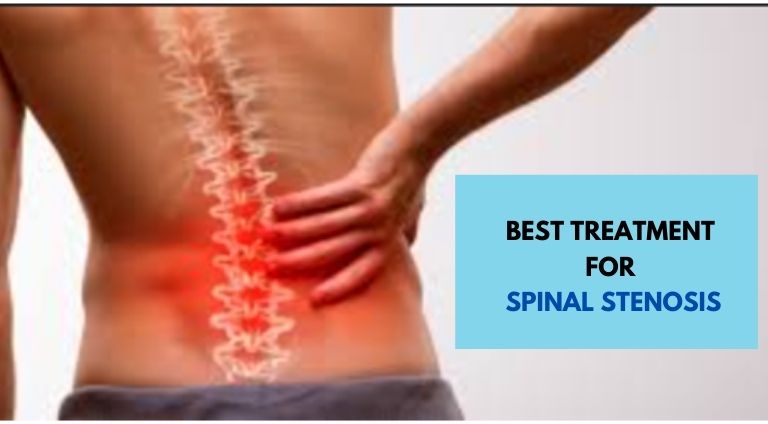What’s the Best Treatment for Spinal Stenosis?

Nerves run through the spinal column and send messages to and from the brain and body. When the spinal structure surrounding these nerves becomes compromised, it interferes with how they work. Known as spinal stenosis, this condition can have several different causes. Osteoarthritis, congenital defects, and bone disorders are a few common contributing factors.
Oftentimes, doctors recommend surgery to treat spinal stenosis. Yet, success rates vary widely based on the cause of spinal stenosis, and pain often returns within several years. Failed back surgery syndrome is a condition in which people experience persistent leg or back pain even after surgical intervention, and it isn’t uncommon in spinal stenosis patients.
Table of Contents
ToggleWhy Does Back Surgery for Spinal Stenosis Fail for Some?
As mentioned above, there are plenty of instances in which patients do achieve pain relief through surgery. Yet, one of the problems is that medical professionals often use MRIs as the primary determining factor when deciding whether or not to recommend surgery. While analyzing MRIs can be helpful in understanding back conditions, it doesn’t tell the full story of a patient’s symptoms. In fact, MRIs can completely overlook spinal ligament laxity, which occurs when ligaments are too loose and fail to hold the joint in place.
How to Determine the Best Treatment for Spinal Stenosis
Simply put, the best treatment for each patient will vary based on the underlying cause of their spinal stenosis. Medical professionals should assess the patient’s symptoms to determine the right treatment course.
For example, a patient who experiences back pain upon walking or standing which then lessens when they sit may not need back surgery. They’re likely experiencing an instability issue, known as dynamic lumbar spinal stenosis. In this condition, the pain is worse when the spine is in an upright posture.
If, on the other hand, someone is experiencing persistent leg pain no matter whether they’re walking or standing, they may have static spinal stenosis. These individuals are often the better candidates for surgical interventions such as decompression fusion.
With that being said, doctors must learn as much as possible about their patients’ conditions before recommending surgery. Research suggests up to 42% of patients with spinal stenosis would not benefit from surgery.
An Alternative to Surgery for Spinal Stenosis
If a patient isn’t experiencing static spinal stenosis and is instead experiencing symptoms only while mobile, it’s possible they could have dynamic lumbar spinal stenosis. And, treating the spinal ligaments with a non-surgical intervention could be the solution.
One treatment to consider is regenerative medicine, also known as stem cell therapy. Stem cells have natural healing and regenerative capabilities to help with inflammation and provide relief from the symptoms of spinal stenosis. They may even help to halt or slow down the progression. They also have the ability to transform into other cell types in order to repair damage when necessary.
Although considered an experimental therapy, many are seeking this alternative option to medications and surgery. A complimentary assessment from a board-certified provider is available to explore if you are a candidate for this non-invasive, non-surgical alternative.
This post was written by a medical professional at Stemedix Inc. At Stemedix we provide access to Regenerative Medicine for back pain, also known as degenerative disc disease. Regenerative medicine has the natural potential to help improve symptoms sometimes lost from the progression of many conditions.
Recommended For You
Spread the love Sexual health is an essential aspect of personal well-being. If you’re based in London and need STI
Spread the love In today’s fast-paced world, managing your health effectively is more important than ever – especially for those
Spread the love The EGFR blood test is an important way to check how well the kidneys are working. It



